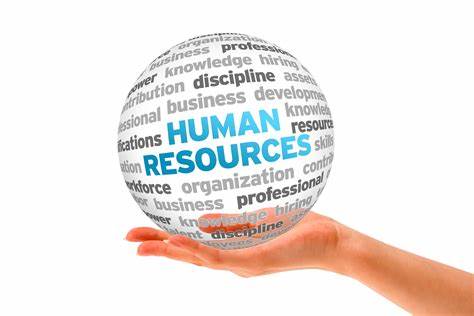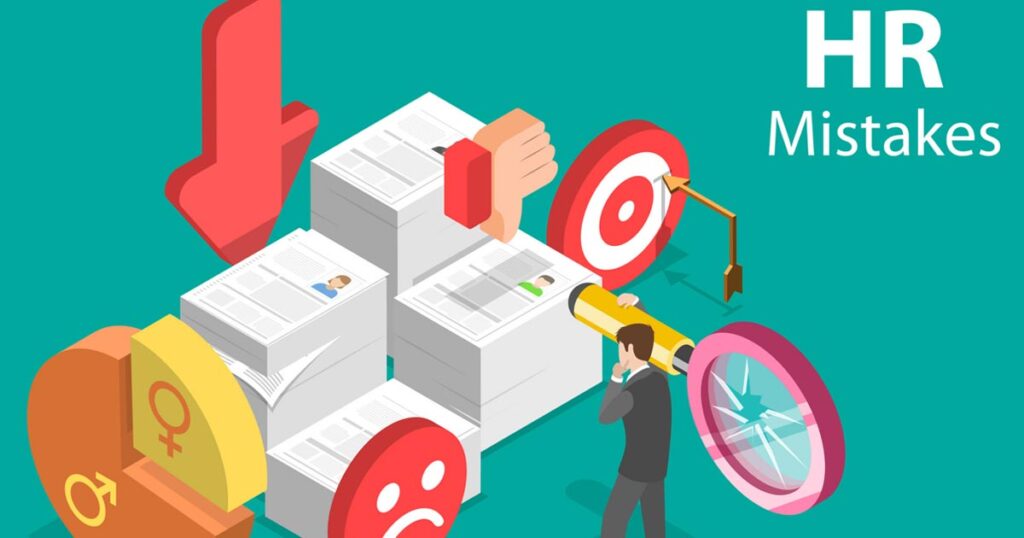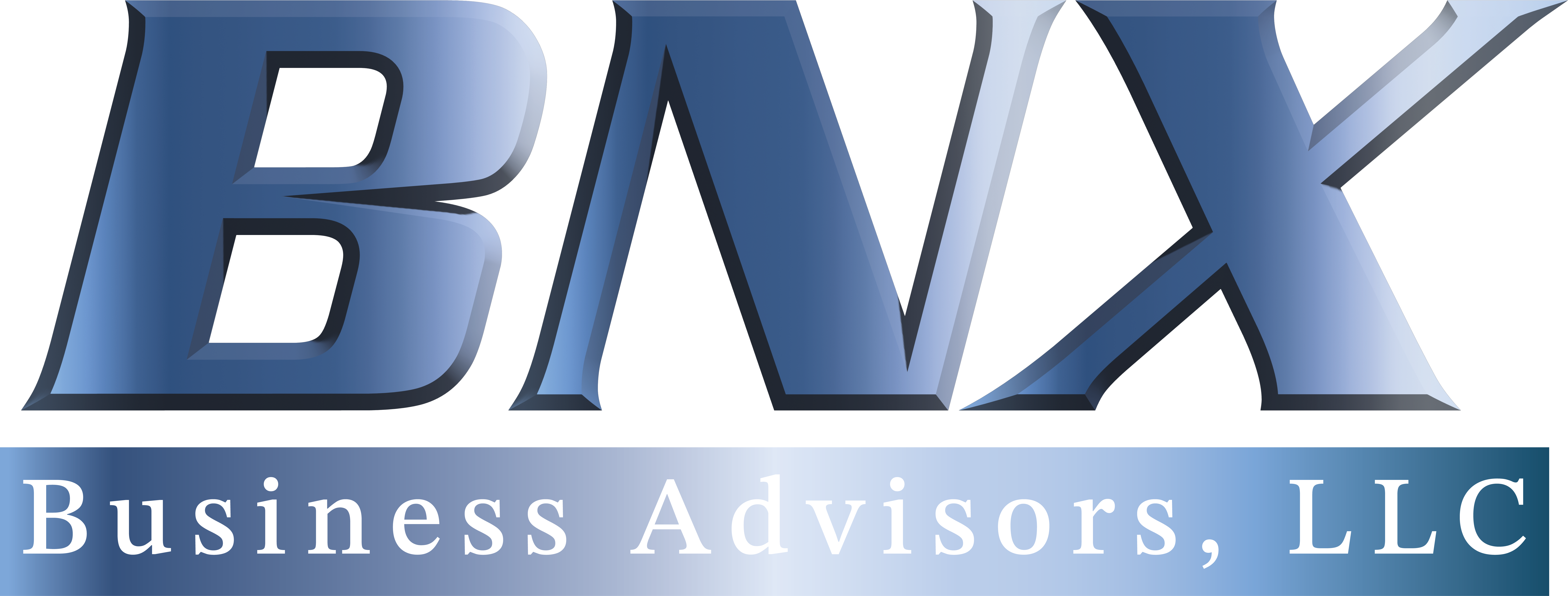
Human Resources (HR) is a critical function for any organization as it involves the management of people – the most important asset of any company. The HR department is responsible for a wide range of tasks, from recruiting and hiring new employees to developing and retaining current ones. In doing so, they must follow the best practices and avoid making mistakes that can negatively impact the company’s overall performance. In this blog post, we will discuss the common Human Resource best practices mistakes and how to fix them.

- Not having a clear job description
One of the most important aspects of effective recruitment is having a clear job description. This document outlines the key responsibilities, duties, qualifications, and expectations for the position, helping both the hiring manager and the candidates understand the role’s requirements. However, many companies fail to develop comprehensive job descriptions, leading to confusion and misaligned expectations among the stakeholders.
To fix this, companies should take the time to create detailed and accurate job descriptions for each position. They should clearly define the essential job duties, required skills, education and experience, as well as any physical demands of the job. HR should also work closely with hiring managers to ensure the job description is current and aligns with the company’s goals and values.
- Failing to conduct background checks
Conducting background checks is a critical step in the hiring process that helps identify any red flags, such as criminal history, past employment issues, or inconsistencies in the candidate’s resume. However, some companies skip this step, thinking it’s too time-consuming or expensive. This mistake can lead to serious consequences, such as hiring someone with a criminal record or a history of fraud or theft.
To fix this, HR should make background checks a standard part of the hiring process. They should work with a reputable third-party screening company to conduct thorough checks on each candidate. Additionally, companies should clearly communicate to candidates that background checks are mandatory and explain the consequences of failing to pass them.
- Inconsistent performance reviews
Performance reviews are a crucial tool for evaluating employee performance, identifying areas of improvement, and setting goals for professional growth. However, inconsistent and infrequent performance reviews can undermine their effectiveness. HR teams often fail to schedule regular reviews, leaving employees uncertain about their performance and future in the company.
To fix this, HR should develop a consistent and objective performance review process that includes regular feedback and coaching. They should provide training for managers to ensure they know how to conduct performance reviews effectively and fairly. Additionally, HR should implement a system to track performance data and use it to inform decisions on promotions, pay raises, and employee development plans.
- Not investing in employee training and development
One of the best ways to retain top talent and increase employee satisfaction is by investing in training and development programs. However, some companies fail to recognize the importance of employee development and don’t provide enough opportunities for their staff to grow professionally. This mistake can lead to a lack of engagement, low morale, and high turnover rates.
To fix this, HR should work closely with department heads to identify the skill gaps in the organization and develop training and development programs that address those gaps. They should also provide ongoing coaching and mentoring to employees to help them improve their skills and advance their careers. Finally, HR should create a culture that values continuous learning and development, encouraging employees to take ownership of their growth and development.
- Not prioritizing diversity and inclusion
Diversity and inclusion are essential for creating a healthy and productive workplace culture. However, many companies fail to prioritize these values, leading to a lack of diversity in the workforce, exclusion of certain groups, and discrimination. This mistake can harm the company’s reputation, reduce productivity, and limit innovation.
To fix this, HR should develop a comprehensive diversity and inclusion strategy that addresses the unique needs and challenges of the organization.
In conclusion, human resources best practices are critical to the success of any organization. Companies that fail to implement best practices or make the mistakes discussed in this blog post risk losing top talent, hurting their reputation, and limiting their potential for growth. However, by recognizing these mistakes and taking steps to fix them, HR teams can create a more productive, engaged, and diverse workforce. HR should work closely with department heads, managers, and employees to develop and implement best practices that align with the company’s values and goals, and ensure that everyone in the organization is working towards a common purpose. By doing so, companies can create a workplace culture that promotes excellence, innovation, and success.
